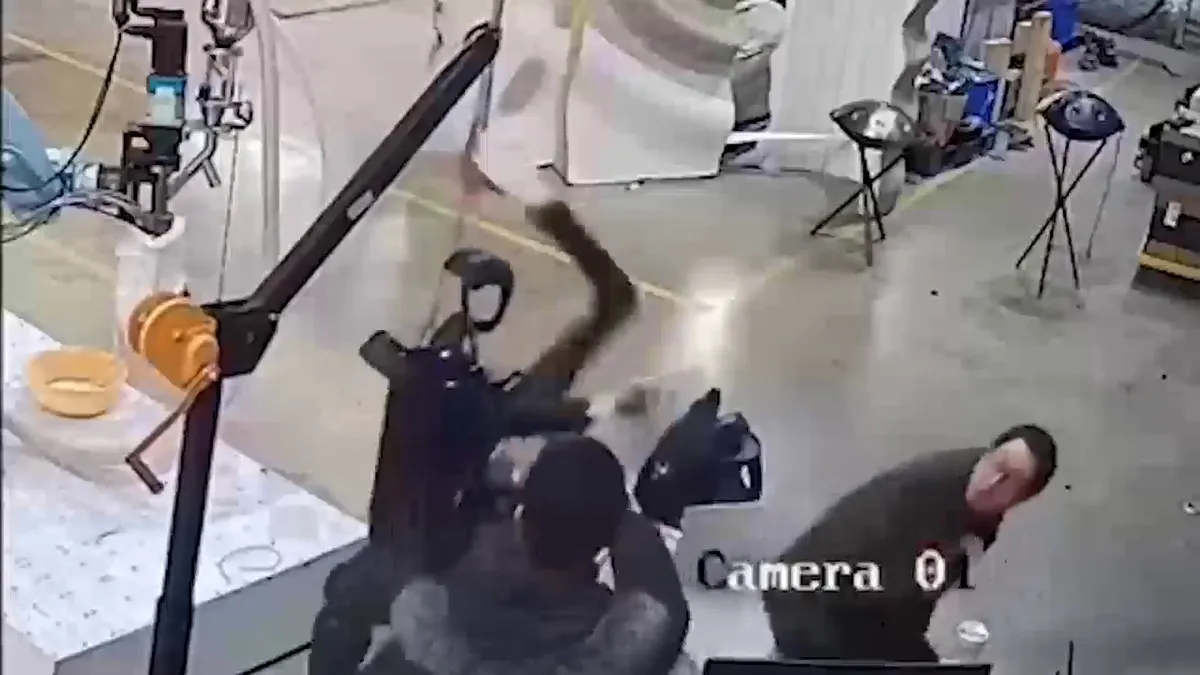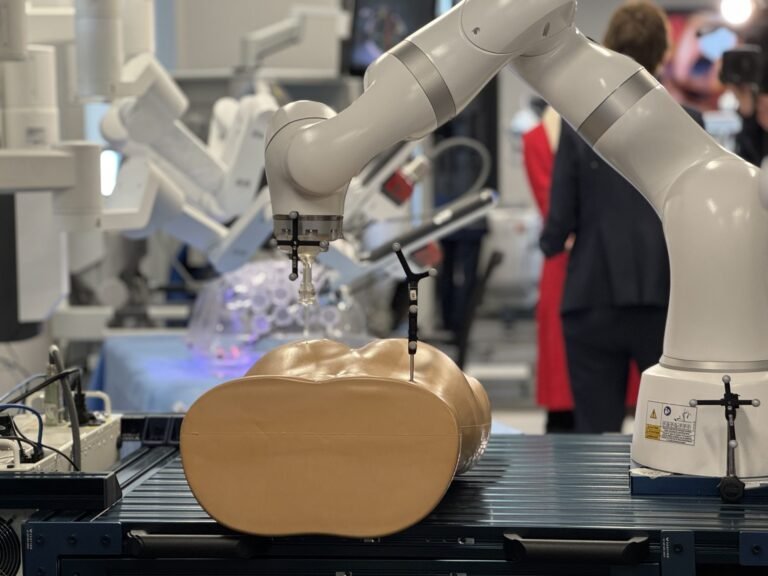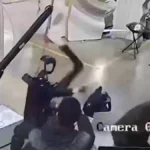A 31-second video, apparently leaked from a Chinese robotics lab, has set off a storm of concern and curiosity about the safety of humanoid robots and the speed at which AI-powered machines are entering public life. The clip shows a humanoid robot, reportedly Unitree’s H1, hanging from an overhead gantry before it suddenly starts thrashing violently, as if possessed.
Reddit users, naturally, latched onto it fast. The video, posted to the “Oddly Terrifying” subreddit under the title “Robot on Hook Went Berserk All of a Sudden,” racked up millions of views within days. Jokes about Skynet, Robocop, and rogue AI followed, but the underlying question was more serious: How safe are these machines, really?
From Meme to Safety Debate
The original post came from Chinese social media, and the full context remains unclear. Some claim the robot “attacked” engineers. Whether that’s accurate or exaggerated, the moment has sparked real conversations in the tech world.
Industry figures quickly weighed in. Xiaoang Zhang, CEO of California-based Westwood Robotics, responded on LinkedIn, emphasizing that while humanoids are exciting, they can be dangerously unpredictable if safety systems aren’t airtight. Westwood’s own robot, Themis V2, includes real-time motion tracking, an isolated emergency stop, and custom actuators with torque limits designed to avoid incidents like this one.
Different Philosophies: Caution vs. Speed
The incident also reignites a familiar East vs. West contrast in robotics development. U.S.-based companies like Boston Dynamics, Agility Robotics, and Tesla tend to keep testing behind closed doors. They avoid risky public demos that could damage their reputations.
Unitree and other Chinese robotics firms, meanwhile, take the opposite approach. Their robots perform in public: dancing, running, even boxing. It’s a high-visibility, high-risk strategy that invites attention but also scrutiny and criticism.
What Actually Happened?
The video doesn’t seem to be a formal promotional release but instead more like security footage or a behind-the-scenes test. That’s led to speculation. Some developers, including San Francisco-based firm SixLive, suggested the robot might’ve been running an unvetted motion capture routine essentially, code that ignored balance, joint limits, or collision detection.
SixLive, which co-founded a robot combat project called Wreck, drew parallels to Real Steel, the 2011 film where robots box in human-controlled matches. In a tongue-in-cheek post, they asked, “How long until someone vibe-codes a robot that accidentally k*lls them?” a nod to the growing popularity of natural-language coding and its pitfalls when applied to physical machines.
Robot Gladiators and the Spectacle of Testing
Interestingly, Unitree is leaning into the buzz. The company plans to livestream Iron Fist: King Awakening, featuring its smaller G1 robot in what amounts to robot-vs-robot combat. It’s part entertainment, part stress test, and part marketing.
Founded by Wang Xingxing who openly cites Boston Dynamics’ Marc Raibert as an influence , Unitree has been pushing the boundaries since launching the H1 in 2023. That robot set records for speed and was the first all-electric humanoid to land a standing backflip. Its $90,000 price tag puts it in reach for researchers and advanced developers, while the $16,000 G1 aims at smaller startups and hobbyists.
A Booming Industry With Awkward Growing Pains
The humanoid robotics market is already worth around $2 billion and could hit $13 billion by 2029. Like the PC boom of the 1980s, much of that growth may come from smaller players building on open platforms like Unitree’s.
But public testing has its risks. Earlier this year, during a spring festival in Tangen, one of Unitree’s robots appeared to lunge toward a group of onlookers. Engineers later said it likely stumbled while trying to regain balance. Even so, the incident unsettled people. A machine moving unpredictably in a crowd doesn’t need to cause harm to spark fear.
So, Was This a Leak or a Stunt?
There’s still no confirmation on how the original video got out. Was it leaked by a disgruntled tester? Or was it posted deliberately to stir buzz? Some think it’s classic meme marketing as attention equals relevance, especially in the robotics space.
Regardless, the reaction makes one thing clear: humanoid robots are no longer science fiction curiosities. They’re becoming part of the real world labs, festivals, livestreams, and all.
Whether they remain safe as they do so is still an open question.






